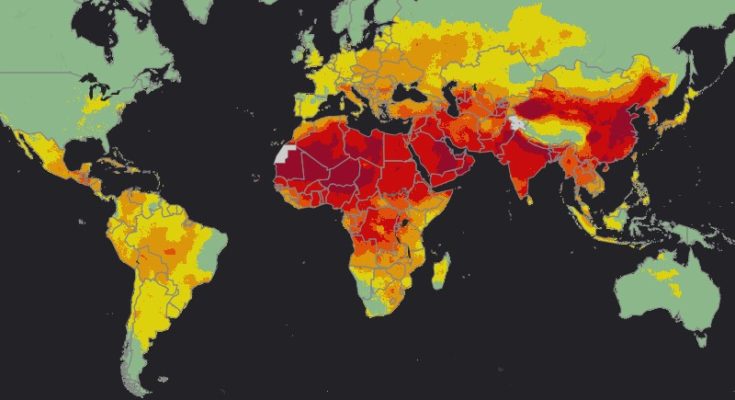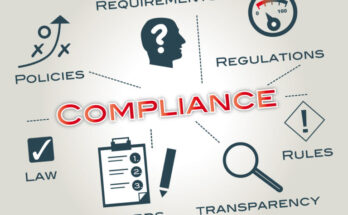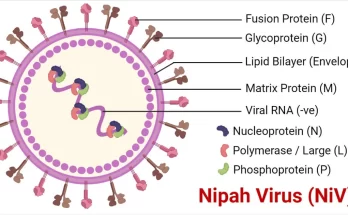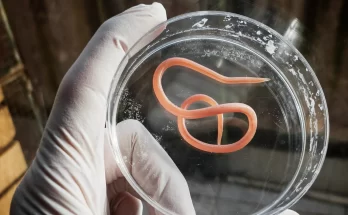Air pollution is a global public health crisis that threatens our bodies and our planet. The World Health Organization (WHO) in partnership with the Climate & Clean Air Coalition (CCAC) is developing the BreatheLife campaign. The BreatheLife campaign is a multi-year effort aimed at raising awareness of the prevalence and impact of air pollution, engaging the health and climate sector to support clean air solutions, mobilize citizens and leaders to adopt solutions both at the individual behavior change level and the municipal level that will accelerate progress and influence leaders to commit their cities to meet WHO recommended air quality targets.
BreatheLife campaign recently released air quality data for 3,000 cities and towns globally and according to the data 80% of the cities around the world have exceeded the safe air quality levels.
How Safe is Colombo Air?

According to the BreathLife campaign data Air Pollution levels in the Colombo city limits have exceeded the WHO safe levels by 3.6 times which is quite alarming compared to some of the other cities. Given below are some key facts the data emphasize about the Colombo city.

POLLUTION LEVEL in Colombo
- The air in Colombo has an annual average of 36 µg/m3 of PM2.5 particles. That’s 3.6 times the WHO safe level.
POLLUTION LEVEL in Sri Lanka
- The air in Sri Lanka has an annual average of 22 µg/m3 of PM2.5 particles. That’s 2.2 times the WHO safe level.
DEATHS BY AIR POLLUTION in Sri Lanka Yearly (2012 data)
- in Sri Lanka, 7,792 people die from an air pollution-related disease each year.
LEADING KILLER – Ischemic heart disease
- in Sri Lanka, the top illness caused by air pollution is Ischemic heart disease.
CHILD DEATHS related to Air Pollution
- in Sri Lanka, 33 children die of air pollution-related diseases every year.
How are the other cities doing?
Given Below are the Air Pollution levels of some of the other cities from around the globe.
-
New York City – The air in New York City, NY has an annual average of 9 µg/m3 of PM2.5 particles. That’s 10% below the WHO safe level.
-
Paris , France – The air in Paris has an annual average of 18 µg/m3 of PM2.5 particles. That’s 80% above the WHO safe level.
-
Delhi , India – The air in Delhi has an annual average of 122 µg/m3 of PM2.5 particles. That’s 12.2 times the WHO safe level.
-
London , UK – The air in London has an annual average of 15 µg/m3 of PM2.5 particles. That’s 50% more than WHO safe level.
What can we do to make our city air much more healthier and cleaner?
The BretheLife campaign suggests few solutions to counter dangerous air pollution levels.
City Wide Solutions
By instituting policies and programs to curb emissions and to promote the use of clean energy, cities are a focal point where many solutions can be implemented at scale.
- Solutions for Transport – Strong public transport and mass transit systems are the backbone for making our cities more livable. Cities with sprawling highways that require travel by car contribute to higher levels of air pollution and unhealthy lifestyles. Pedestrian-friendly cities with networks for walking, biking and mass transit make commuting safer and less expensive.
- Solutions for Waste Management- Landfills account for 11% of the world’s methane emissions, and municipal waste is expected to nearly double by 2025. Furthermore, an estimated 90% of wastewater in developing countries is discharged untreated or partially treated. Better waste management programs are integral to ensuring our communities don’t suffer as a result, both on a local and global level.
- Solutions for Household air & pollution- Nearly 60% of premature deaths from household air pollution are among women and children who spend hours around sooty cookstoves burning wood, coal and kerosene. Shifting to cleaner stoves can have a domino effect of benefits – reducing black carbon emissions as well as the time spent by women and girls in gathering fuel.
- Solutions for Energy supply- Oil and gas produce 25% of the world’s methane emissions. Flaring, the burning of uncaptured gas during production, emits harmful black carbon. Better control of fugitive emissions and capturing flared gas as fuel helps limit emissions from current oil and gas production, while the shift to renewable energy sources can ensure a cleaner, healthier future in the long-term.
- Solutions for Industry- With more people living in cities, brick production and other heavy industry continue to contribute to air pollution. New technologies and practices are increasingly being introduced so that even as our cities grow, air pollution doesn’t grow with it.
- Solutions for Agriculture- The agricultural revolution of the past 50 years has dramatically increased food production. At the same time, livestock production has become a major driver of climate change due to its heavy water, feed and energy requirements, and a major source of methane emissions from ruminant animals like cattle. Rice production in continuously flooded fields is also a major methane source.
Actions for individuals
Small shifts in everyday behavior, from conserving energy to using more sustainable forms of transport, can help reduce your contribution to air pollution.
- Reduce your contribution – Keeping our air safe can start with taking actions to limit our impact, many of which also promote physical activity and help save money.
- Minimize exposure– While reducing pollution is something we must tackle together, there are also ways to limit your exposure. Here are common examples of the guidance and tips that national health and environment authorities often provide.
- Monitor your air – Always be alert about the Air Pollution levels around you
- Time outdoor activity – Select the times with minimum air pollution levels for your out door activities
- Know your surroundings – Stay away from places with highly polluted air
- Avoid driving in heavy traffic – Slow moving traffic means high air pollution
- Assess your risk – Consult your doctor and see how your body responds to the air pollution around you
- Use effective protection – wear a mask when it’s needed
Health-sector leadership
Through transitioning to low-carbon facilities which reduce energy use at every step of their operations, the health community can serve as a model for industry to contribute to air pollution reductions.
Time is running out!
As a country facing this Air Pollution threat Sri Lanka too should step up the counter measures to control this problem before it’s too late.
Related Articles – 92% of the World Population Breathe Dirty Air – WHO Report
Other Resources –




